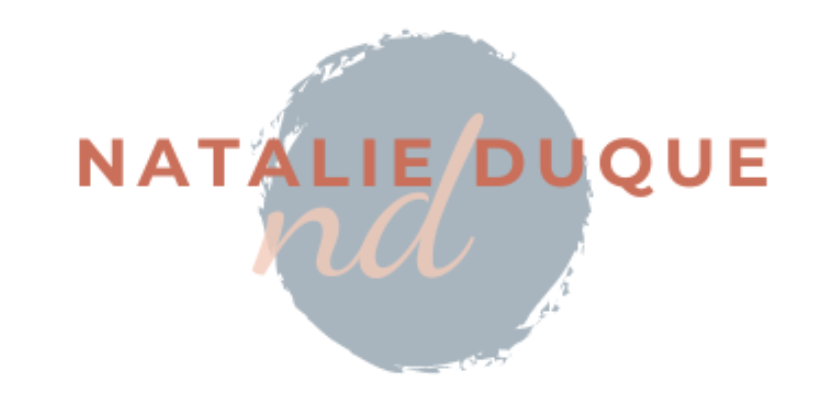Music Therapy 101: How Rhythm and Sound Help Us Heal and Recharge
Music moves us. It makes us dance, cry, remember, and heal. But did you know that music therapy—the intentional use of music to improve well-being—has been around for thousands of years? This isn’t just a modern-day discovery. The idea that music can heal the mind and body has been woven into human history for as long as we’ve been making sound.
Let’s take a quick journey through time to see how music therapy evolved from ancient rituals to a scientifically backed profession—and how you can use rhythm to recharge your own life today.
Ancient Healing: When Music Met Medicine
The power of music was recognized long before Spotify playlists and meditation apps. Some of the earliest civilizations believed music had divine healing properties and used it as medicine.
🎵 Ancient Egypt (1500 BCE): Egyptian priests used music in healing rituals, believing it could cure ailments and restore balance to the body.
🎵 Ancient Greece (500 BCE): The philosopher Pythagoras—yes, the guy with the theorem—believed music had mathematical perfection that could heal both the body and soul. Greek doctors even prescribed lyre music to ease mental distress.
🎵 China & India (2000 BCE+): Traditional Chinese and Indian medicine incorporated specific musical tones to align with energy centers in the body (think early versions of sound therapy).
Even then, music wasn’t just for entertainment—it was a tool for healing and regulation.
The Military Discovers Music's Power
Fast forward a few thousand years, and music therapy took a giant leap forward during World War I and II. Hospitals caring for wounded soldiers noticed something fascinating:
💡 When musicians played for recovering veterans, patients experienced less pain, reduced anxiety, and faster recovery times.
This was a game-changer. Doctors and nurses saw firsthand how music impacted both physical and emotional healing, which led to the formalization of music therapy as a profession.
Music Therapy Becomes a Science
By the 1940s, hospitals started hiring trained music therapists, and universities began offering degree programs in music therapy. Research confirmed what humans had long believed:
✔️ Music reduces stress and anxiety
✔️ It helps regulate heart rate and blood pressure
✔️ It improves memory and cognitive function (hello, Alzheimer’s patients!)
✔️ It strengthens emotional expression and connection
But what about rhythm specifically?
✔️ Steady beats help regulate the nervous system, reducing stress and anxiety.
✔️ Rhythmic movement (like drumming or tapping) promotes focus and creativity.
✔️ Repeating rhythmic patterns can improve emotional resilience and energy levels.
Today, certified music therapists work in hospitals, schools, mental health clinics, and even corporate wellness programs. They use rhythm, melody, and harmony to help people recover from trauma, cope with stress, and enhance overall well-being.
And the best part? You can use these same techniques anytime, anywhere—even at your desk!
From Ancient Chants to Modern Healing
Music therapy has come a long way—from Pythagoras and his lyre to neuroscientists studying how rhythm rewires the brain. But at its core, the concept remains the same:
🎶 Music has the power to heal. 🎶
So the next time you feel stressed, overwhelmed, or stuck in a creative rut, try this: turn up the music, tap a rhythm, or move to the beat—your brain and body will thank you.
Recharge Your Day with Rhythm
Stuck in a creative rut? Feeling drained at work? Let’s fix that.
With Rhythmic Recharge, you’ll learn simple, music-based activities to reset, recharge, and re-energize your day—no musical experience required!
🎵 Shake off stress & spark creativity in minutes
🥁 Use everyday desk items to create rhythm & focus
✨ A mini music break that brings clarity & energy
Let’s get you back in sync. Join me here: Rhythmic Recharge
